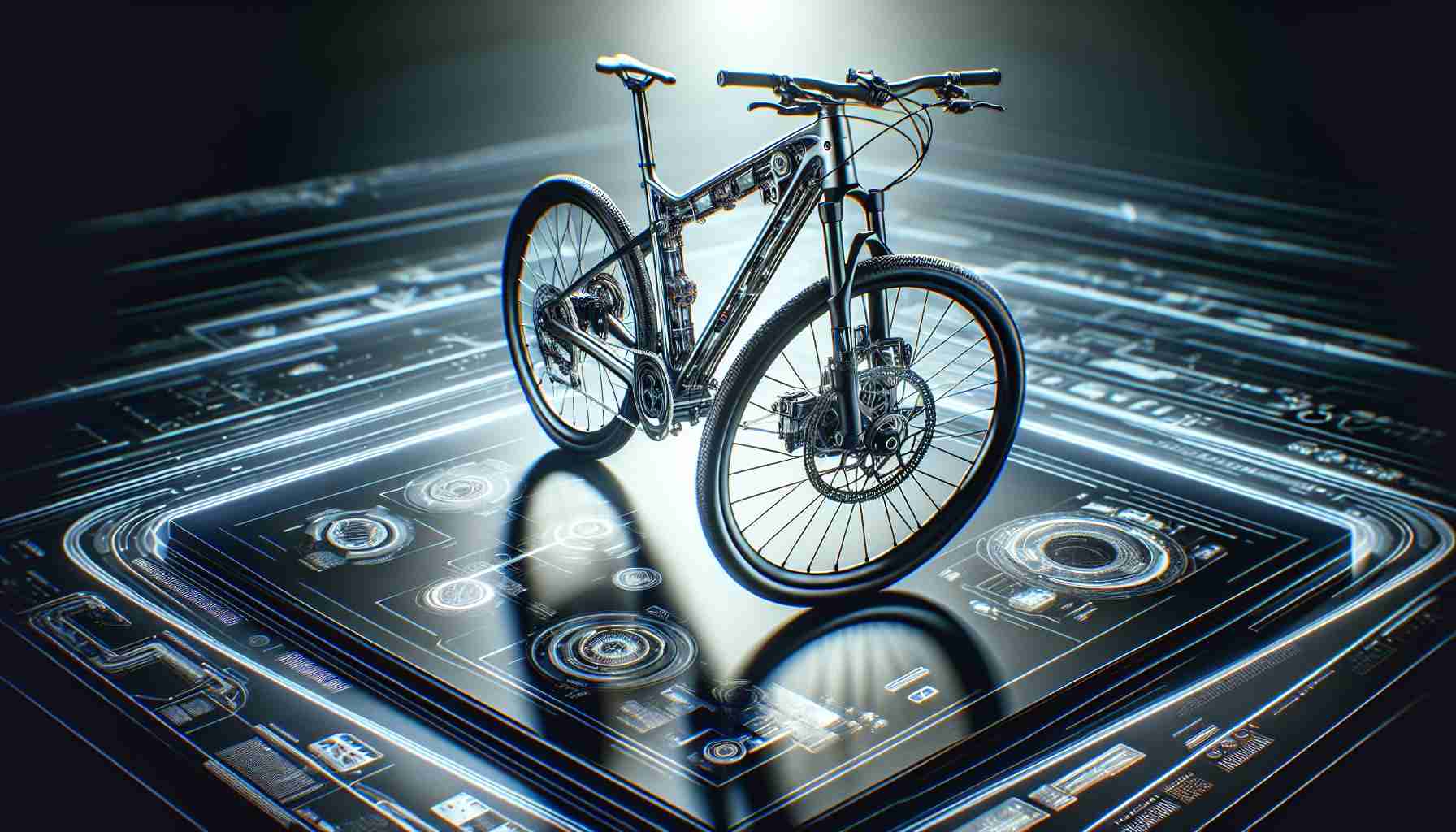In the rapidly evolving world of electric bicycles, Mahle has once again set a new industry standard. This week, the company introduced the XS series, its most lightweight electric bike drive system to date, offering exciting potential for ebike design and performance.
The Cutting-Edge XS System
Weighing in at just 5.5 pounds (2.5 kg), the XS series trims over a pound from Mahle’s previous models. This is achieved through the introduction of the 170-Wh external eX1 battery, which replaces the better-known integrated battery design. The eX1 provides an adaptable power source not only for the latest XS but also as a range extender for existing X20 and X30 models.
Design Flexibility and Performance
While traditional integrated batteries provided a sleek appearance, the XS system’s external battery enables diverse bike designs, particularly benefiting compact and folding models. This innovation offers more freedom for frameless designs, making lightweight, versatile bikes a bigger possibility than ever before.
Balancing Range and Power
Although the eX1 battery has a lower capacity than its predecessor, the reduced system weight might compensate by maintaining competitive travel distances. Mahle’s SmartBike Systems team emphasizes that even limited power stores can handle typical urban rides. The XS’s 250-W hub motor maintains a respectable 55 Nm of torque, promising efficiency and performance in urban environments.
The XS system is targeted at bicycle manufacturers, with Spain’s MMR Bikes featuring it in their upcoming E-Woki 2025 model. Through this launch, Mahle continues to pave the way for innovation in electric mobility.
The Silent Revolution: How Mahle’s Innovations in E-Biking are Shaping Our World
Electric bicycles, or e-bikes, are quietly reshaping how we think about transportation. As cities face challenges like congestion and pollution, e-bikes offer a promising solution by combining the accessibility of bicycles with the convenience of motorized assistance. Mahle’s latest innovation in the form of the XS series is poised to significantly influence this burgeoning industry.
Transforming Urban Mobility
Mahle’s XS series isn’t just another step forward in electric bicycle technology; it’s a potential game-changer for urban mobility. With its groundbreaking lightweight design, the XS series reduces the physical barrier to cycling for many individuals. Imagine zipping through the city without the sweat and struggle, effortlessly navigating traffic and reaching your destination faster than a car stuck in congestion. For urban dwellers, this lightweight e-bike could mean fewer parking woes and lower commuting costs while contributing to a cleaner environment.
Social and Economic Impacts
On a broader scale, e-bikes equipped with Mahle’s XS systems have the potential to revitalize local economies. More bikers mean increased demand for bicycle lanes, parking facilities, and maintenance services—a boost for local businesses and urban infrastructure. Moreover, the reduced need for cars in cities could spur real estate development focused on pedestrian-friendly communities, which may elevate property values and improve quality of life.
Interesting Facts and Controversies
Did you know that the global e-bike market is projected to reach $23.83 billion by 2025? This rapid growth indicates the pivotal role e-bikes will play in future transportation networks. However, the push for lightweight designs like the XS series is not without controversy. Critics argue that reducing battery size in favor of weight could compromise the range, leaving riders stranded mid-commute. Yet, Mahle counters this concern by emphasizing their design’s efficiency and adaptability in urban settings.
The Advantages and Disadvantages
The primary advantage of the XS series is its lightweight design, ideal for older adults or those with limited physical abilities. Also, the adaptable battery provides flexibility for both the newest models and as an add-on for existing bikes, enhancing product longevity.
Conversely, a notable disadvantage is the smaller battery capacity, which may limit the range compared to heavier models. This trade-off might deter long-distance cyclists who rely on robust battery life. There is also the question of how these changes may affect resale values and market perceptions over time.
Exploring Key Questions
How will the adoption of lightweight e-bike systems impact public health? By encouraging more people to cycle—whether for commuting, leisure, or exercise—Mahle’s XS system could enhance cardiovascular health and reduce obesity rates. But will urban infrastructure keep up with this anticipated increase in bicycle usage? Cities will need to adapt swiftly, ensuring that roads are equipped to handle a rise in bike traffic safely.
In conclusion, Mahle’s XS series represents a significant shift in e-bike technology, offering both challenges and opportunities for individuals, communities, and cities worldwide. As more innovations like the XS system emerge, we’ll likely see changes not only in how we commute but also in how our cities are structured around sustainable transportation.
For further information on e-bikes and cycling trends, visit cyclingweekly.com and bicycling.com.







